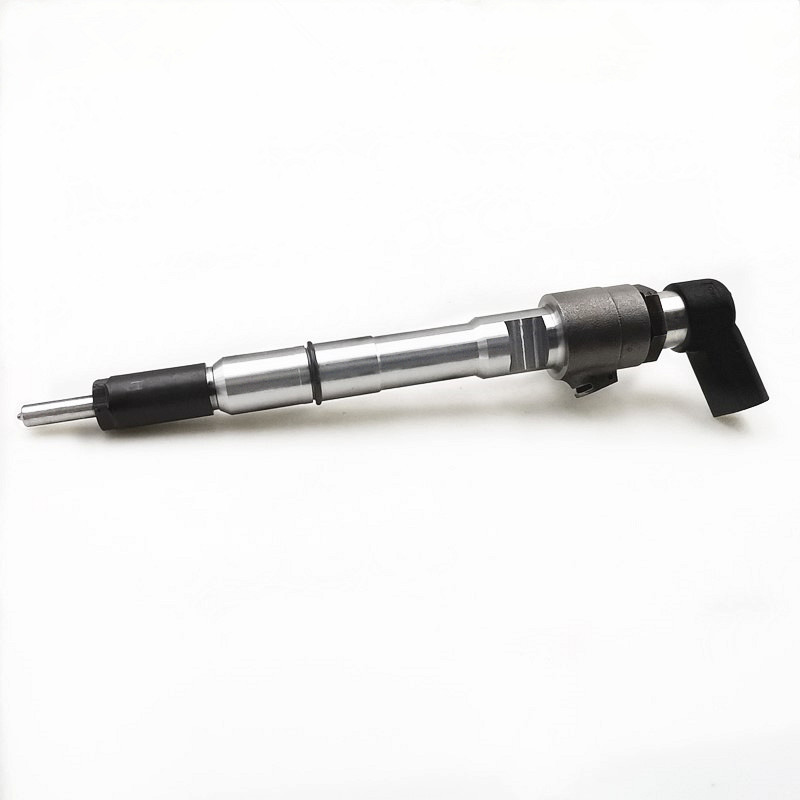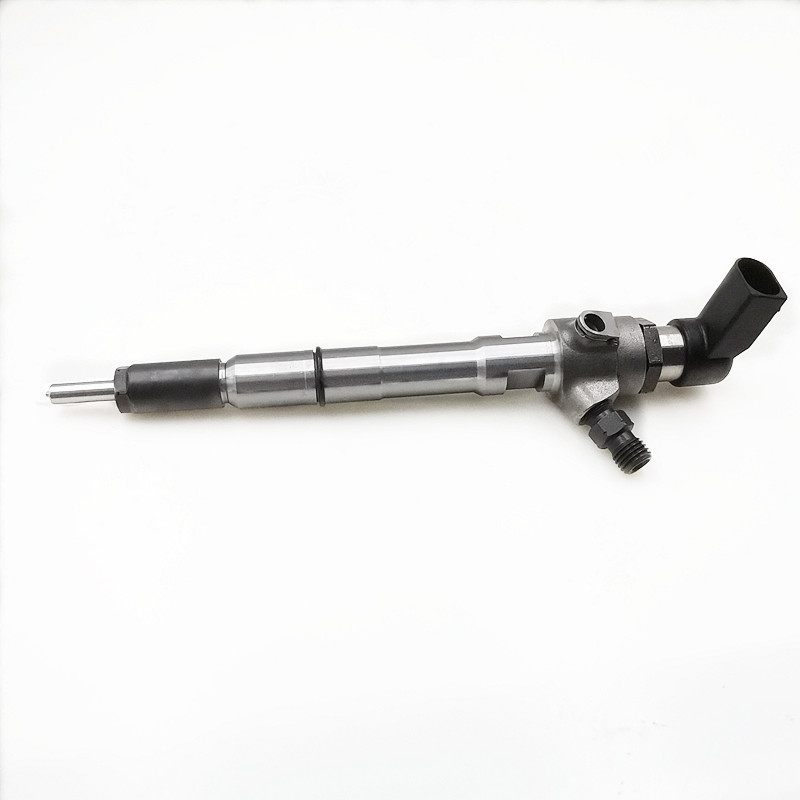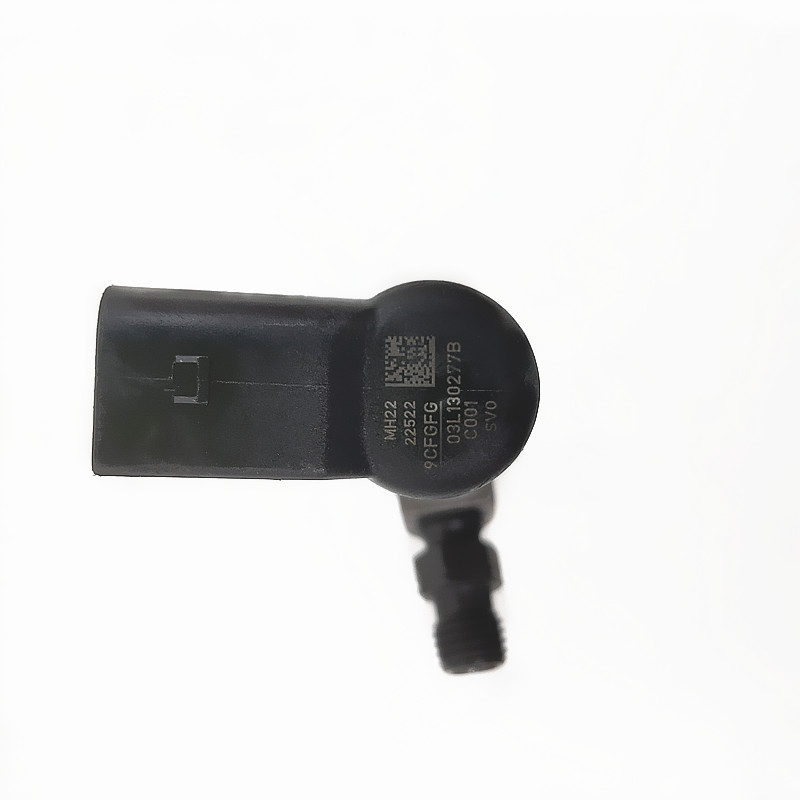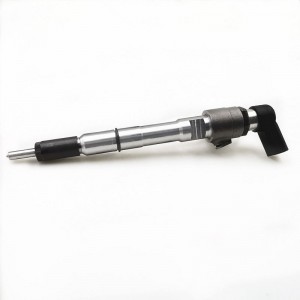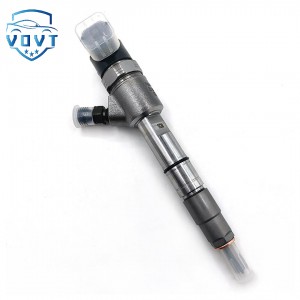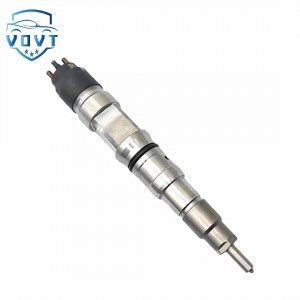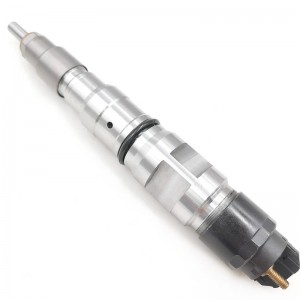Diesel Injector Fuel Injector 03L130277B 5ws40539 A2C59513554 Siemens for Audi Seat Skoda VW
products detail
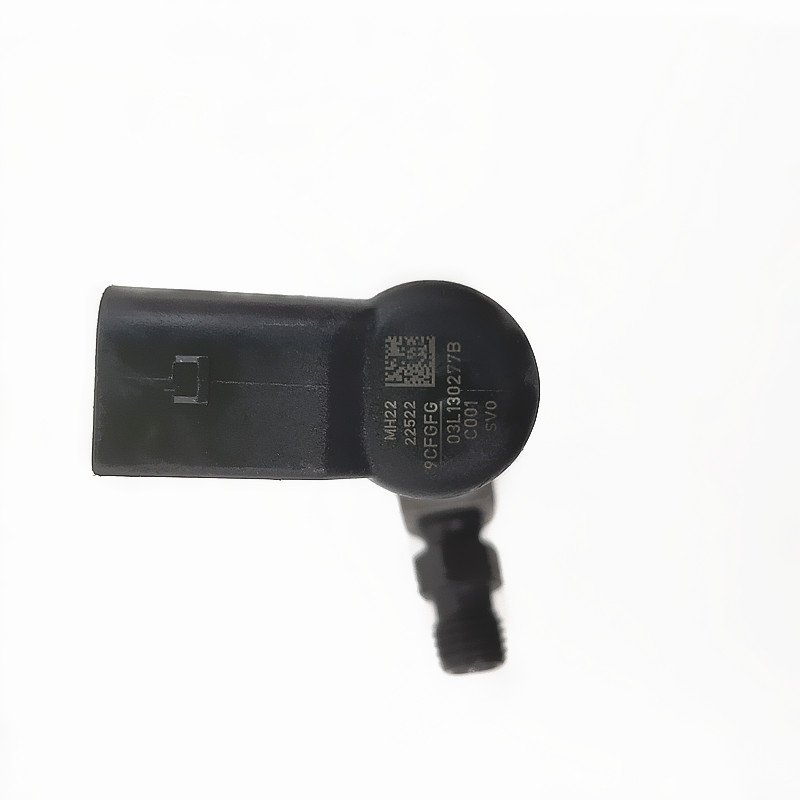
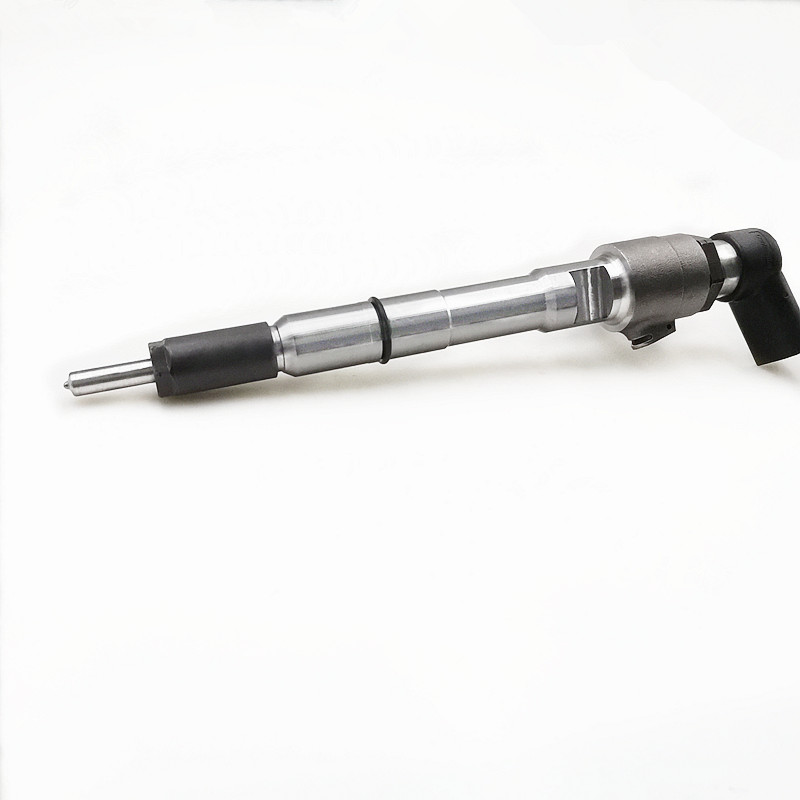
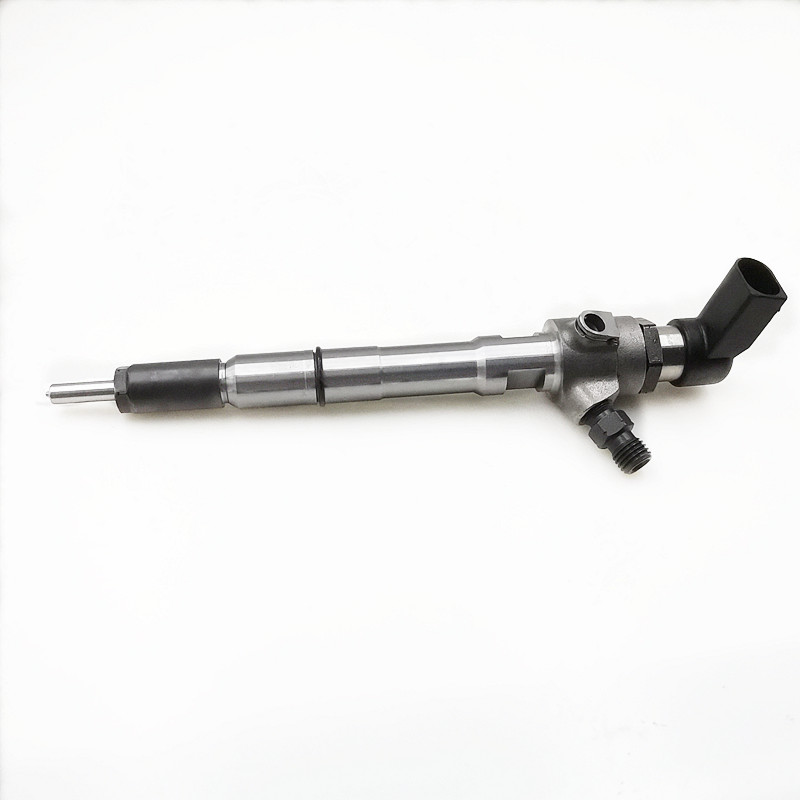
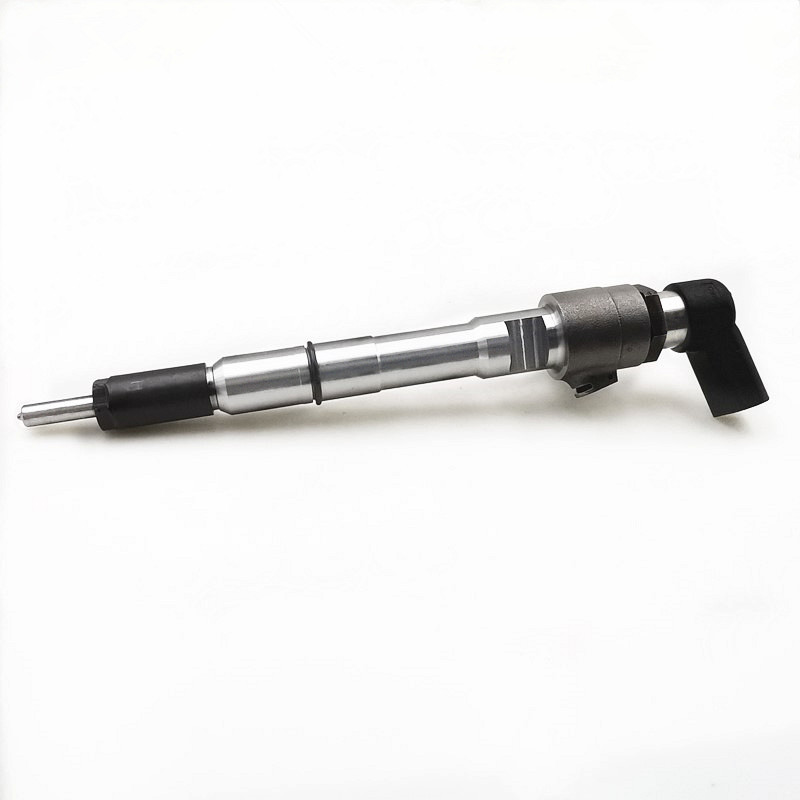
Used in Vehicles / Engines
| Product Code | 03L130277b |
| Engine Model | / |
| Application | Audi Seat Skoda VW |
| MOQ | 6 pcs / Negotiated |
| Packaging | White Box Packaging or Customer's Requirement |
| Warranty | 6 months |
| Lead time | 7-15 working days after confirm order |
| Payment | T/T, PAYPAL, as your preference |
| Delivery Method | DHL, TNT, UPS, FedEx, EMS or Requested |
FAQ
Cavitation Inside High-Pressure Optically Transparent Fuel Injector Nozzles (PART 5)
For the analysis, the injection pressure of the real device (800 bar) was applied as a boundary condition to the interior surfaces of the acrylic nozzle piece. Given that brittle materials most often fail in tension, sapphire clamps were added to the design to compress the nozzle from the outside and minimize the tensile forces at the inner surfaces. Since the clamps were on the outside of the nozzle, an optically transparent material had to be used for their construction.
Sapphire was chosen due to its high durability. In a sense, this made the sapphire clamps the load bearing components of the nozzle, even though the piece to which the pressure was applied directly was made of acrylic.
The final design with 3 sapphire clamps, fabricated and assembled, is shown in Figure 1. The outer dimensions of the nozzle are 21.5 mm in the viewing direction in Figure 1 and 6.75mm in the vertical direction. O-ring seals are used on either side of the nozzle.
3 Results and Discussion
This design was tested with diesel fuel supplied by a commercial reciprocating piston pump with 3 stages, driven by a large electric motor. The original injection duration was set to 250ms, but the sac volume pressure measurements indicated that the pump was not able to sustain the commanded pressure for the entire period. The resulting injection period was approximately 100ms, and the injection pressure tapered off slowly during this period.
The flow inside the nozzle was captured in a transillumination configuration with a Phantom V1210 high-speed camera. Because the ambient was at atmospheric back pressure, the orifice flow cavitated easily. A representative image with an injection pressure of 350 bar is shown in Figure 2. A full video of the interior flow as well as of the orifice flow and spray formation region at this flow condition has also been provided. This flow condition is at a Reynolds number of approximately 85,000.

